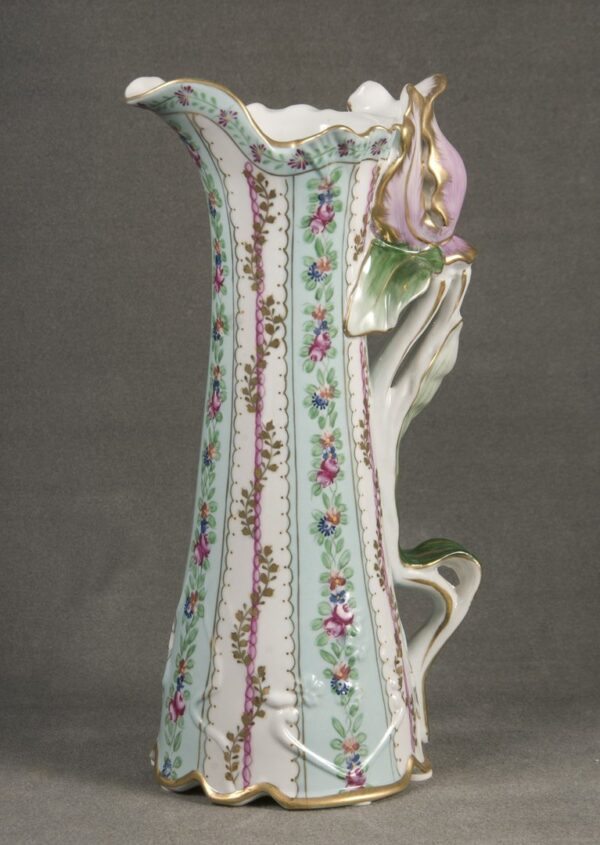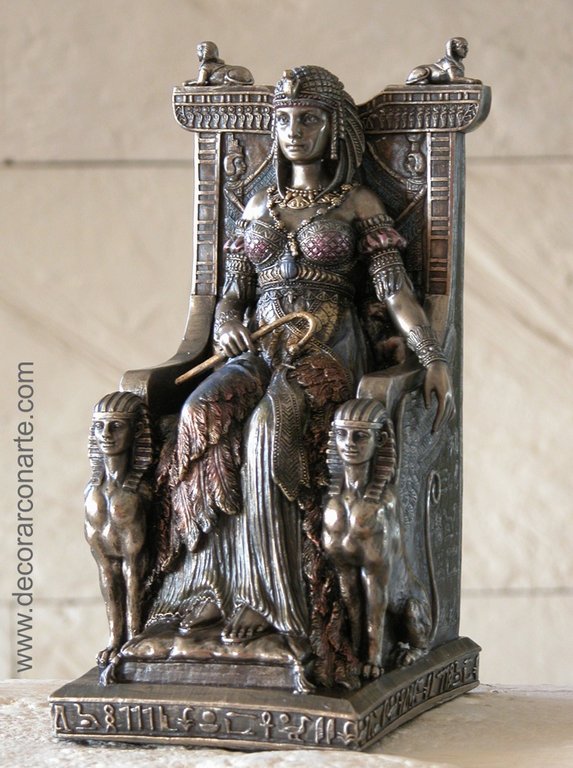Description
Reproduction in current materials of ancient instruments that are part of the cultural and scientific heritage because of their scientific, historical and aesthetic value.
The instrument is accompanied by a documentation with description in which their use is explained in detail.
Nocturnal and Tide Abacus
(Nocturnal & Tide Computer)
The piece that we offer, is a replica of an instrument who is dated to 1570 and of Humphrey Cole signed, the first English manufacturer of astronomical instruments.This instrument is in the British Museum in London. The original piece has two sides, One of these is this Nocturnal (Keychains and face A Tidal Abacus / Nocturnal).
Nocturnal
Horologium noctis is the Latin name for the Nocturnal
Sundials were limited in their function to show the time on a clear day, that is means to work with sunlight.
For a long time the man dependent to observe the starry sky to measure the hours. Did you know that certain Boreal constellations make a particular move around the North Star once a day, as though a great handle would mark the hours on a 24 hour celestial sphere, so that they began to considered the position of the stars and relationed the most visible stars of the northern hemisphere in different times of the night and in different seasons of the year.
This is the concept that give the Nocturnal his origin such as we know todays, his origin. It was built in the early sixteenth century and disappeared in the eighteenth century, coinciding with the development of mechanical watches.
The Nocturnal is able to determine the time, only thanks to the circumpolar stars. In the Mediterranean latitudes, we have three stars with this feature: Kochab B, the Little Bear, the spoon of this constellation, Dubhe A from the constellation of Ursa Major and Cassiopeia A from Shedir.
The abacus or computer of the tides (side B) is used to calculate the times of the tides. The tide with their constant changing of the water level have important effects on the navigation, ports and for fishing, because of the energy that move large amounts of water and its influence on underwater currents.
In this piece, the outer circle is divided into 360 degrees with 1 degrees interval. The center ring is divided two times in 12 hours, so placed that it moves in a quadrant in a clockwise direction and the other vice versa, 24 sections which correspond to the hours. The interior is a compass rose with 32 directions.
Next we have the solar disk with a time display, the edge is divided in 30 days, approximately the age of the moon (currently 29 ½ days). Finally, we have the moon disc clock with aspectarian and a display marked with a crescent moon
The face is supplemented with the following aspects:
Opposition, trine, sextile and quartile or quadrature.
Loud Waters (1958), appeared the oldest computer of the tides in the Compendium by H. Cole, 1569. According to him, this Nocturnal could be dated shortly before the period of 1570 because the age of the moon (the time custom of the moon to orbit around the Earth) is divided in 30 days and not in 29 ½ days. There 30 days are more practical for sailors in the calculation of the date of the new moon.
Nocturnal dial and Tide computer. One of first English Renaissance instruments. Original made by Humphrey Cole (1550). British Museum.
Zamac with brass bath laquered on oven. Wood sapelli (teinted with natural wax and polished)
Box size: width 14,5 X lenght 12,5 X height 4,5 cm. Total weight: 500gr











